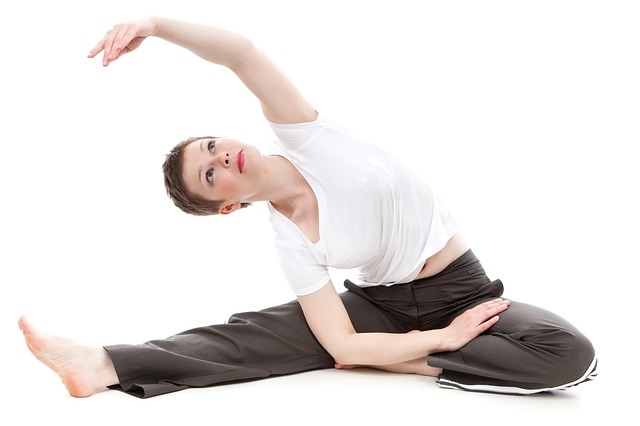Stretching can often have a ‘good cop, bad cop’ reputation. Whilst it is something dancers partake in regularly, research and results over the years have marked out the boundaries of stretching in terms of what and when to do it. There is no illusion: stretching safely has a number of benefits, both in terms of dance technique and flexibility, as well as the health and wellbeing of the body.
 Stretching after the body is warm (not before) means the muscles have sufficient blood flowing through them and this decreases the risk of injury when dancing. The improved range of motion allows the body to move more efficiently, improving physical performance and then reducing the risk of injury as the muscles are pliable. Stretching improves the body’s suppleness and as a dancer becomes fitter and more flexible, movements come with more ease.
Stretching after the body is warm (not before) means the muscles have sufficient blood flowing through them and this decreases the risk of injury when dancing. The improved range of motion allows the body to move more efficiently, improving physical performance and then reducing the risk of injury as the muscles are pliable. Stretching improves the body’s suppleness and as a dancer becomes fitter and more flexible, movements come with more ease.
After a class, rehearsal or performance stretching enables the body to cool down effectively and work the muscles that have been performing hard. This reduces the muscle soreness that often occurs after trying new movements or having to work hard in a new routine to achieve what is required, limiting the delayed onset muscle soreness. After working the body, gradually stretch your muscles through full range of motion and hold in a static stretch for up to 30 seconds. Deep breathing provides the muscles with oxygen and relaxes the body into the stretch. Look after the body and ensure it can continue working at its peak for as long as possible.
Stretching the legs specifically also improves the body day-to-day, reducing the stress on the back and lengthening your posture. Not only does it significantly increase flexibility in this area, it will also improve everyday movement. The muscles in the back are contracted throughout the day to support the body and can become tight, so ensure you work to combat this, and keep on dancing!
